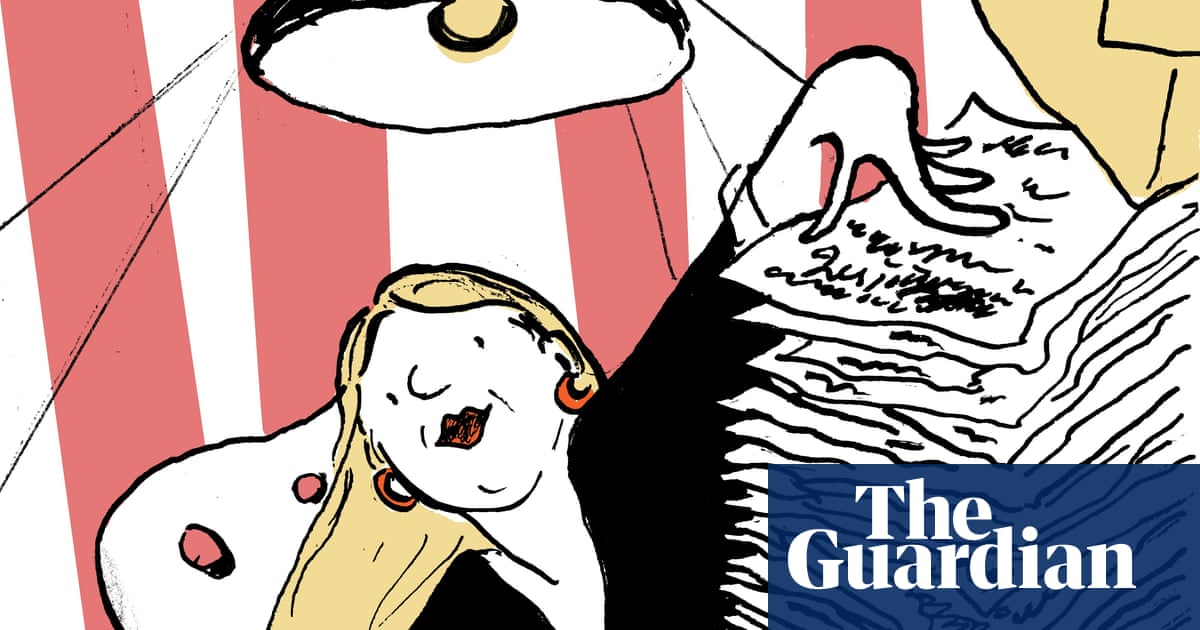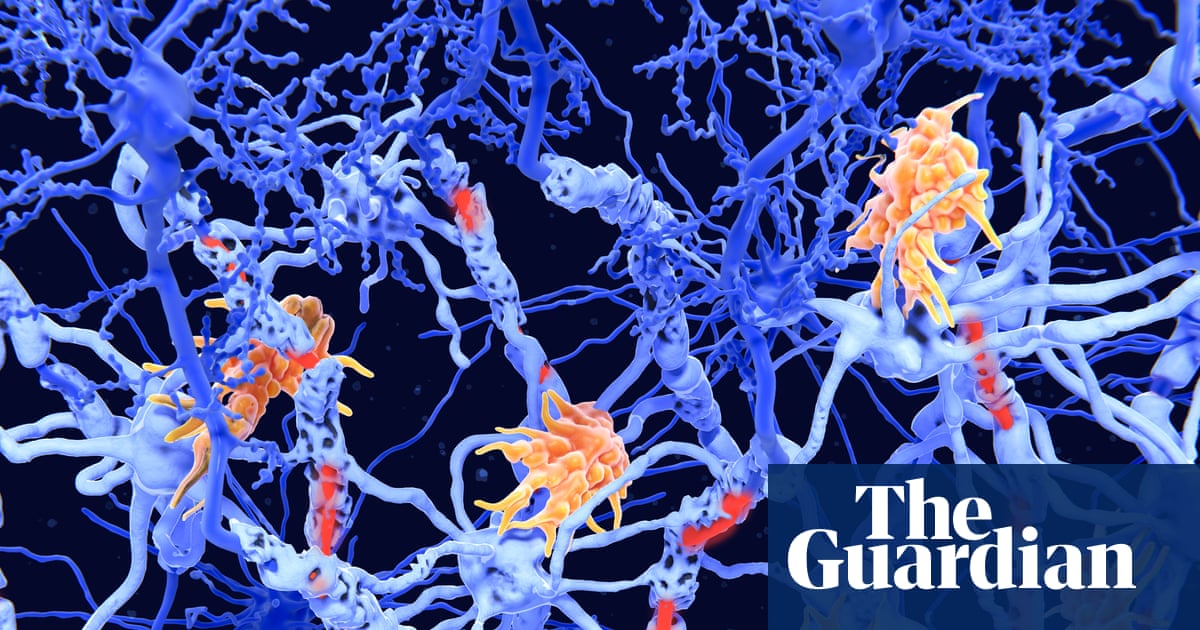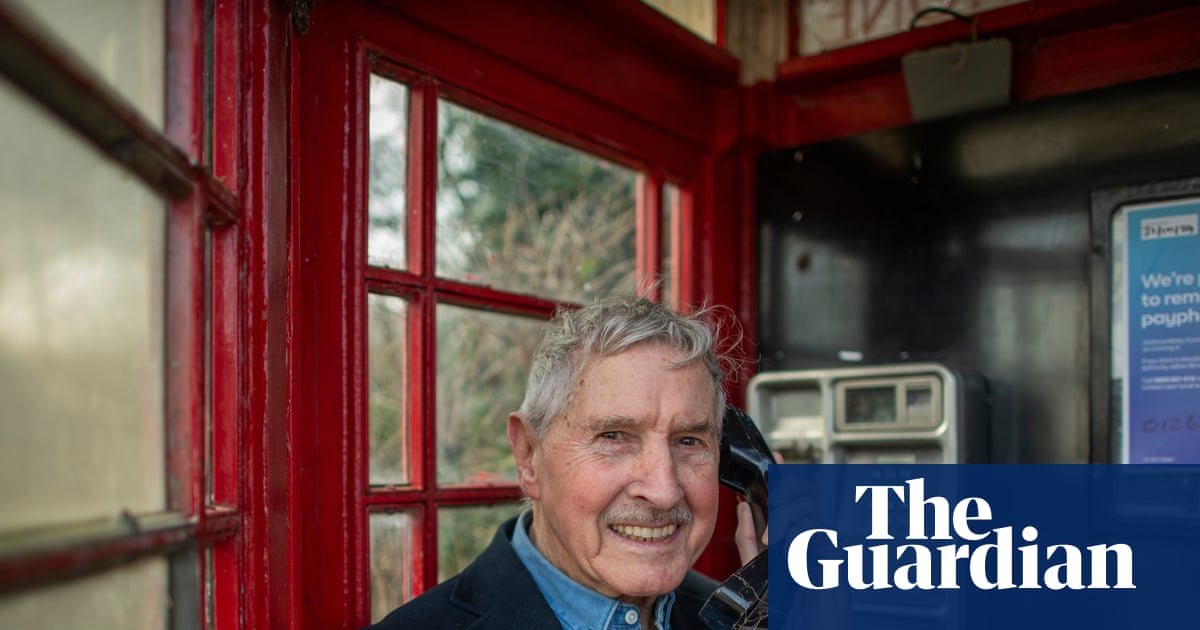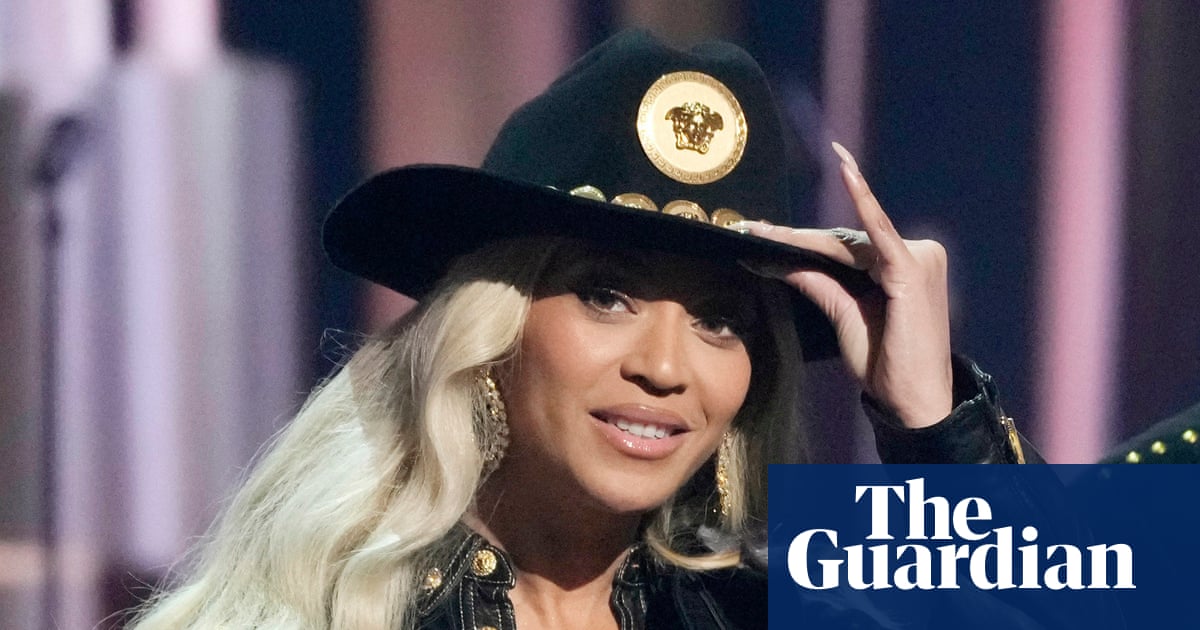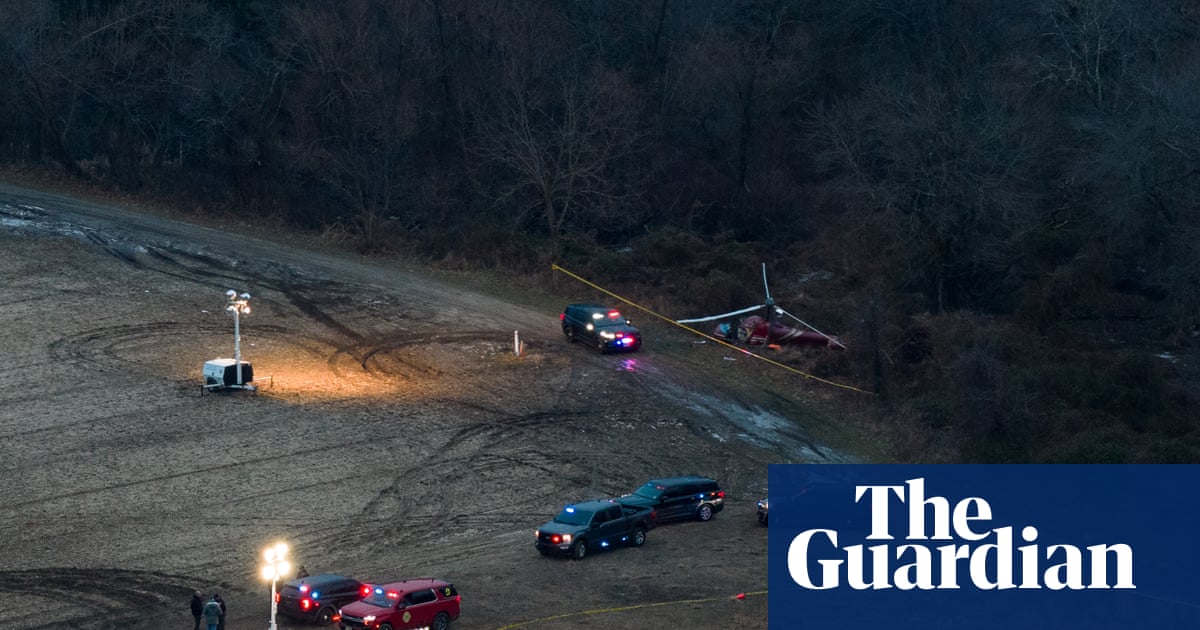Barry Lyon was a district ranger in Cape York during the 1990s when he, his wife, Shelley, and their mate Steve started to become concerned about a few saltwater crocodiles becoming “a bit cheeky”.
The population of the apex predator of Australia’s tropical north had begun to recover after being hunted to near extinction a few decades ago.
“After the hunting era, crocodiles were really wary,” Lyon says. “But there were a few cheeky ones around.”
The three Queenslanders began toying with an idea they hoped might keep both salties and people safe: what if they could instil that wariness back into those cheeky crocs?
Then Lyon learned that a big male with a distinctive white scar across his belly and jaw was stalking boats in a prized barramundi fishing hole called Old Faithful on the Normanby River in Lakefield national park.
He knew Lakefield, now Rinyirru, well – Lyon had been appointed the park’s first ranger back in the late 70s. And he knew he had found a case upon which to test their cheeky croc theory.
The park ranger fired a few rounds from a semi-automatic rifle into the water near the distinctive croc. And it worked, the 4.2m croc was spooked. But only for a few months.
So Lyon decided it was time to call in the big guns – he rang his mate Steve.
When the man known as “The Crocodile Hunter” answered that call, he brought a documentary crew along with him. The experiment that followed would be documented in Steve Irwin’s legendary 1990s TV series.
Sign up: AU Breaking News email
Lyon and Irwin trapped the nuisance croc at the Old Faithful waterhole, put him under a tarp for 24 hours and – armed with departmental approval – set about “hazing” him.
They shone lights at him, drove boats near him and made their human presence felt during the crocodile’s ordeal. Then they released the croc back into the Normanby.
“It was a complete success,” Lyon says. “Ever since, he’s been really, really well behaved.”
In the three decades that followed, the croc with the big white scar made famous by the khaki-clad conservationist became known by the waterhole he claimed as his own: Old Faithful.
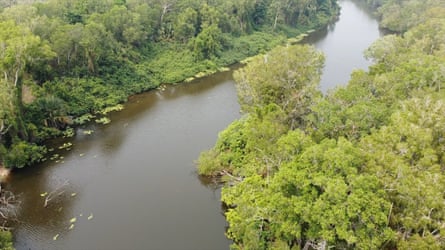
All that changed, however, on 8 September, when wildlife officers of the Queensland Environment Department, deciding Old Faithful was no longer a well-behaved boy, trapped and removed him. A smaller croc, between 3m and 3.5m, was also removed.
A department spokesperson responded to questions regarding Old Faithful with a statement that said: “Public safety is our top priority.”
The spokesperson said the department had been monitoring Old Faithful after reports from the public about safety concerns.
“The crocodile was displaying concerning behaviour and was ultimately removed to ensure public safety,” the statement read. “Habituating crocodiles is detrimental to the animal and dangerous for people.”
Kirstiana Ward, an Environmental Defenders Office lawyer, says her client – the advocacy group Community Representation of Crocodiles (Croc) – informed her that Old Faithful was being held in a government facility in Cairns pending a decision on his future.
after newsletter promotion
Under Queensland law a creature deemed a “problem crocodile” by the director general of the department can be given over to a crocodile keeper – or euthanised.
The department spokesperson did not answer a question as to how many crocodiles removed from the wild were placed in croc farms and how many were killed.
Ward lodged an application on Wednesday with the director general, Patricia O’Callaghan, requesting a statement of reasons for Old Faithful’s removal under judicial review and nature conservation acts, giving O’Callaghan 28 days to respond.
“We’re asking that no further decisions are made about him … until we’ve received that statement of reasons,” Ward says.
Given his size and distinctiveness, Ward says Old Faithful is what is deemed an “icon crocodile” under Queensland law, meaning his fate must be determined in consultation with traditional owners.
Ward says she understands this consultation was taking place while Old Faithful was being held in Cairns. Guardian Australia contacted Riniyirru (Lakefield) Aboriginal Corporation, but they were not in a position to comment by deadline.
A spokesperson for the Queensland Environment Department said “the decision to remove both crocodiles was made after consultation with traditional owners”.
Ward says she is concerned the big croc will not find an appropriate home – and that, in any case, captivity is no place for Old Faithful.
“Obviously, that is not a nice end for a majestic, wild crocodile,” she says.
Croc co-founder and father of the man who hazed Old Faithful in the 90s, Bob Irwin, is among those who disputed his designation by the department.
“He’s proved over the time that he’s not a problem crocodile – he’s a crocodile that has got his act together,” Irwin Sr says. “Humans have always been in his waterhole, fishing and boating and doing whatever humans do, and he’s never been inclined to be a problem to anybody.”
Lyon warns that the crocodile’s removal might actually make the barramundi fishing spot for which he is named more dangerous for humans.
He says it is his belief that it was the smaller crocodile of the two removed whose behaviour had been concerning. Old Faithful, Lyon says, had been keeping that crocodile – and others – at bay.
“Old Faithful was a dominant croc,” Lyon says. “Now the whole social structure will change. And the thing is, Old Faithful was reliable. People knew that he was gonna be pretty well behaved. Whereas now, a cranky, aggressive croc can move in and take over – then you do have a problem.”
Removing Old Faithful, Lyon concludes, was “just really silly”.
“His place is back in the river,” Lyon says. “That is where he belongs.”

 3 months ago
59
3 months ago
59




